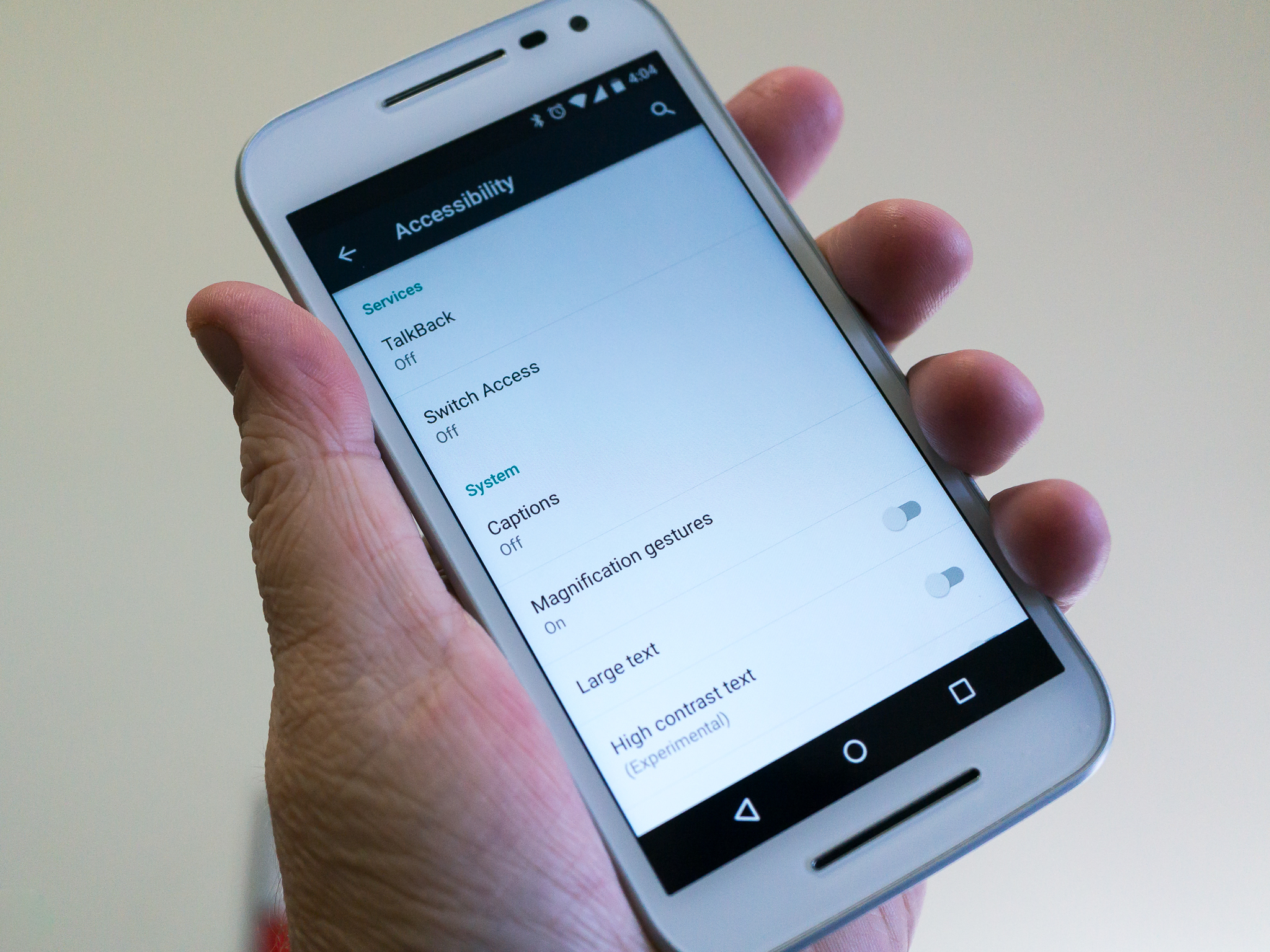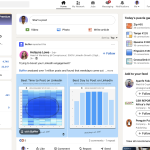
Designers, on the other hand, create layouts with clear visual hierarchies. They think about focus indicators (that little outline you see when you tab through a site) and ensure that information isn’t conveyed by color alone. It’s a collaborative dance between form and function.
Beyond Compliance: The Ripple Effect of Accessibility
Sure, there are legal standards like the Web Content Accessibility Guidelines (WCAG). But focusing solely on compliance is like only cleaning your house because guests are coming. The real value is in the daily comfort it provides.
When you build an accessible website, you often build a better website for everyone. Clear navigation helps all users find what they need faster. Captions allow people to watch videos on mute. Text that’s easy to read benefits every single visitor. It’s the curb-cut effect in action—the ramp built for wheelchair users also helps parents with strollers, travelers with suitcases, and delivery workers.
In the end, digital accessibility isn’t about special features for a few. It’s about a fundamental shift in perspective. It’s about asking, “Can everyone use this?” before we even ask, “Does this look good?” It’s the quiet, persistent work of building a digital world where no one is left on the sidelines, where the door is truly open for all. And that, you know, is a goal worth coding for.










